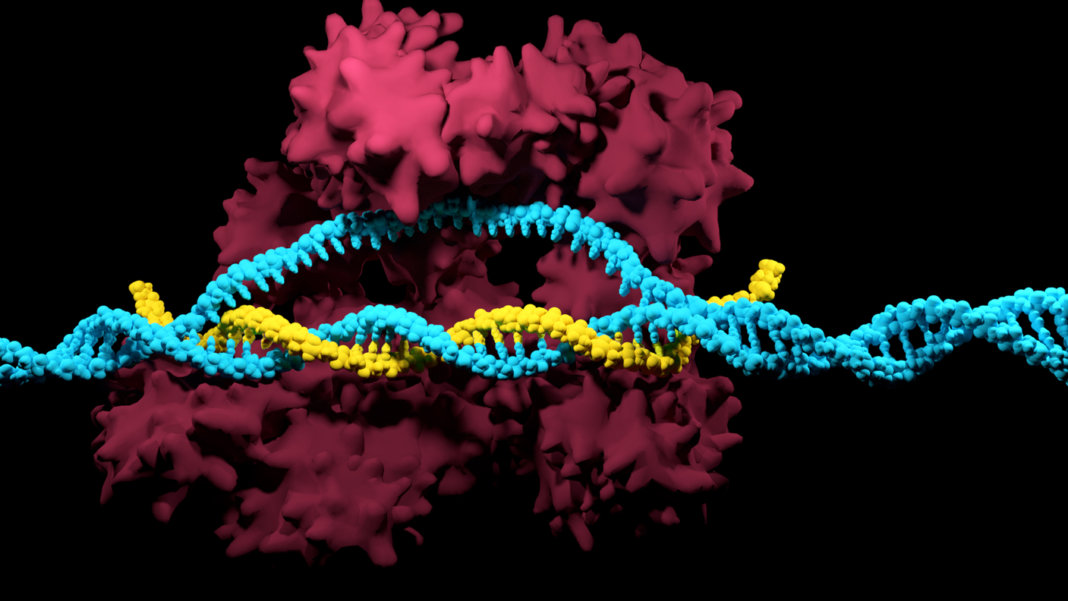The breakthrough technology called CRISPR-Cas9 genome editor has already been established as an innovative, therapeutic tool for the treatment of diseases. However, the range of application of this remarkable invention may be much more extensive. Scientists from the University of Western Ontario have developed a new CRISPR delivery method that will help to kill bacteria purposefully. In the future, this can be seen as an alternative to traditional antibacterial drugs, which have recently lost their effectiveness due to the rapid adaptability of bacteria. The principle of exposure to bacteria is based on how the genome editor itself works. CRISPR, when “cutting out” sections of DNA, determines where to manipulate thanks to the so-called “palindromic repeats.” Individual parts of DNA that begin with one particular nucleotide (a structural unit of DNA) and end with another. So when the editor recognizes the palindromic repeat, programmed in CRISPR, then editing happens. The CRISPR delivery system utilizes the natural replication ability of bacteria called “bacterial conjugation”. If direct contact of two bacterial cells occurred, there is a unidirectional transfer of a part of genetic material. Thus, the CRISPR is placed in the human microflora to detect bacterias. Since CRISPR was initially “tuned” to particular bacteria, it does not harm microflora. At the same time, when an “enemy” appears in the body, it begins to interact with other bacteria and, thanks to DNA transfer, also receives CRISPR, which recognizes the “target” and destroys it at the gene level. According to scientists, the discovery provides an opportunity to deal with antibiotic-resistant bacteria much better. It is an essential development to resist superbugs, bacterias that have begun to form antibiotic-resistant strains. Therefore, to protect our health from an incoming threat such as antibiotic-resistant bacterias, further development and research has to be done with CRISPR.
Hamilton, T., Pellegrino, G., Therrien, J., Ham, D., Bartlett, P., Karas, B., Gloor, G. and Edgell, D. (2019). Efficient inter-species conjugative transfer of a CRISPR nuclease for targeted bacterial killing. Nature Communications, 10(1).


